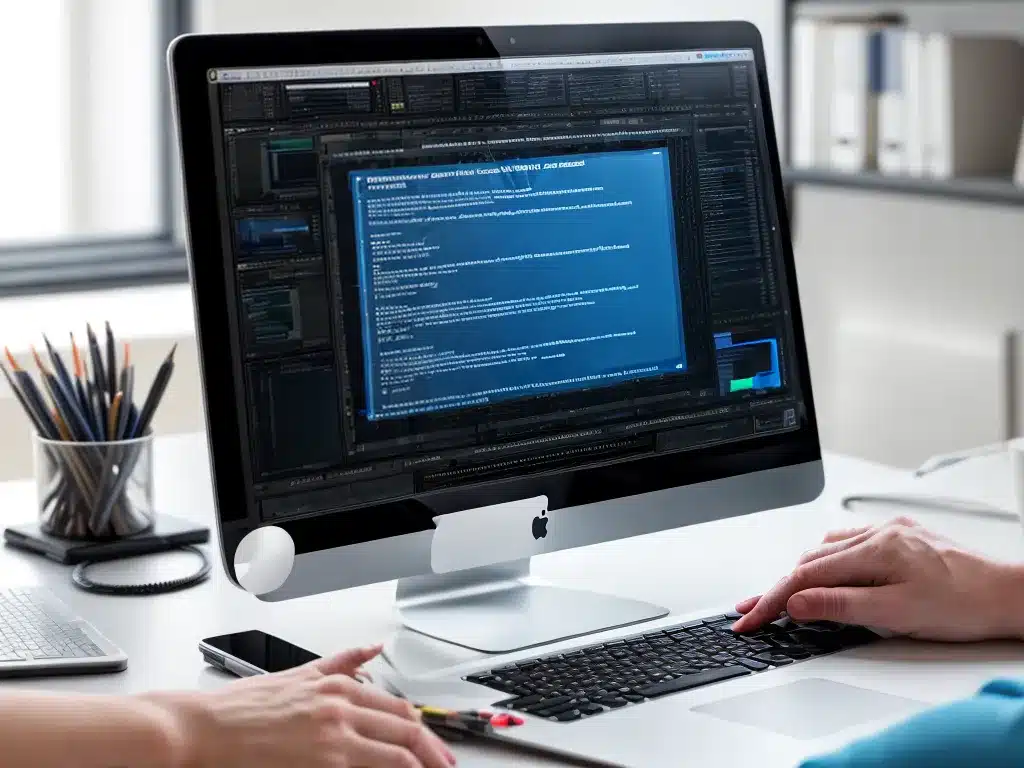
As a creative professional, my work is incredibly important to me. The photos I take, the designs I create, and the writing I produce represents my livelihood. That’s why having a rock-solid data backup strategy is absolutely essential. In this article, I’ll share my approach to backing up my work so I never have to worry about losing those critical files.
Why Data Backup Matters
Lost or corrupted data can completely derail a creative career. Just imagine if the latest draft of your novel disappeared before you printed it out. Or if all the RAW photos from a high-profile photoshoot were deleted. It would be devastating both financially and emotionally.
That’s why data backup should be priority number one. The specific risks creative professionals face include:
-
Hardware failure: Hard drives can unexpectedly die, leading to complete data loss.
-
Theft: Laptops and external drives can be lost or stolen.
-
File corruption: Data can become unreadable due to software issues or file system errors.
-
Accidental deletion: Files can be accidentally deleted or overwritten.
-
Disasters: Floods, fires, and other disasters can destroy data.
Taking the time to setup a backup system can protect against all these risks. It provides peace of mind that your data is safe.
Backup Best Practices
Here are some key principles I follow for effective data backup as a creative professional:
Use the 3-2-1 Rule
The 3-2-1 rule is an industry best practice for backup:
- 3 copies of data stored on at least 2 different media, with 1 copy offsite.
This protects against both physical loss and file corruption. I follow this rule rigorously.
Use Multiple Backup Drives
I use multiple external hard drives for backup redundancy. I alternate drives to create backups on different days. This adds an extra layer of protection against hardware failure.
Consider Cloud Backup
I also leverage cloud backup services like Backblaze. This covers the “offsite copy” requirement of the 3-2-1 rule. Cloud services offer strong protection against local disasters like fires or floods.
Automate Where Possible
Manually backing up files is time consuming and difficult to remember consistently. I automate backups through cloud services and backup software like Apple Time Machine. This happens seamlessly in the background without me having to think about it.
Encrypt Sensitive Data
For backups containing sensitive client data, encryption is a must. I use encrypted hard drives as well as encrypted cloud backup. This protects my data if drives are ever lost or stolen.
Test Restores Regularly
I do sample restores from my backups every month. This verifies that my backups are working properly and data is recoverable. Better to discover any issues now rather than after disaster strikes.
My Backup Workflow
So in summary, here is my actual backup workflow as a creative professional:
-
I use Time Machine to create automatic hourly backups to an external hard drive connected to my Mac. This handles versioning and recovery of deleted files.
-
I have a second external hard drive that I manually backup important project folders to on a weekly basis. This adds redundancy.
-
I use Backblaze to backup all my data to the cloud. This covers offsite storage and guards against local disasters.
-
I encrypt external hard drives and Backblaze backups to secure sensitive client info.
-
I do test restores monthly to confirm everything is working properly.
-
All critical project files are synced to Dropbox as an extra layer of protection against incidents like hard drive failure.
-
I store original media (like RAW photos and video footage) on archived external drives that are detached from my computer when not in use.
Don’t Put This Off!
As you can see, having rock-solid data backup requires an investment of time and money. But it is absolutely worthwhile, as losing your creative work would be devastating.
Follow best practices like the 3-2-1 rule. Use both local and cloud backup. Automate wherever possible. And test that your system works. Make data backup a top priority today, so you can sleep soundly knowing your work is safe.












